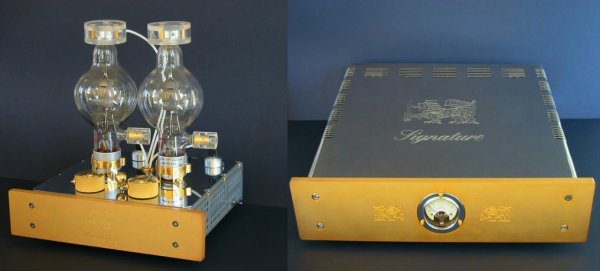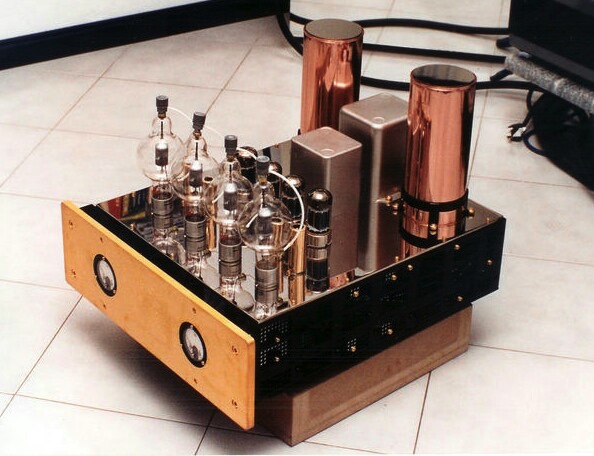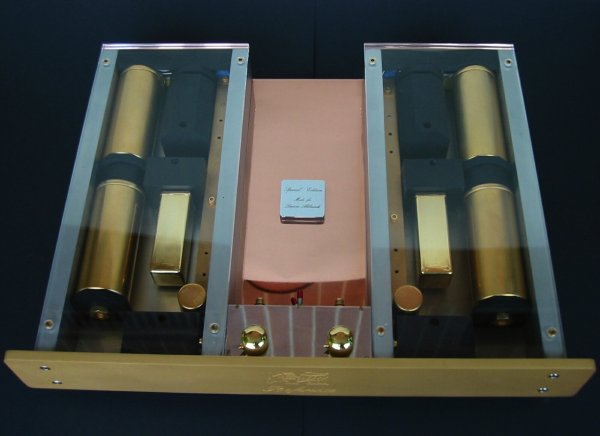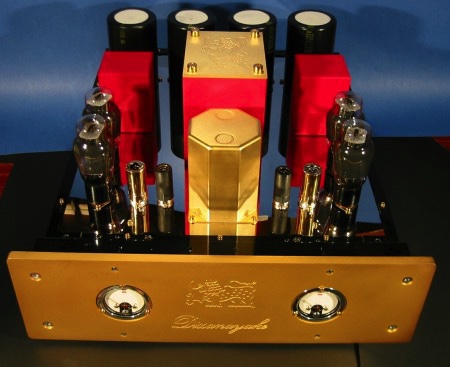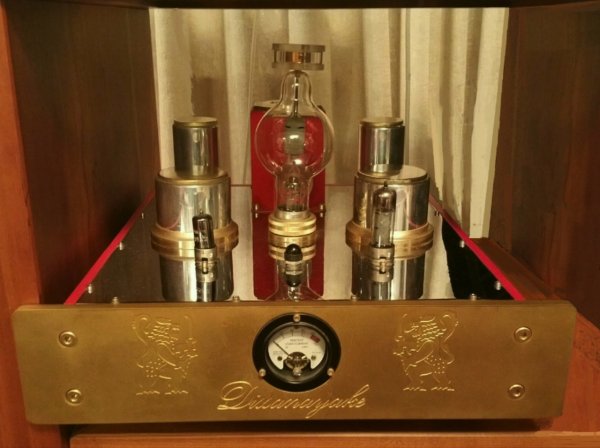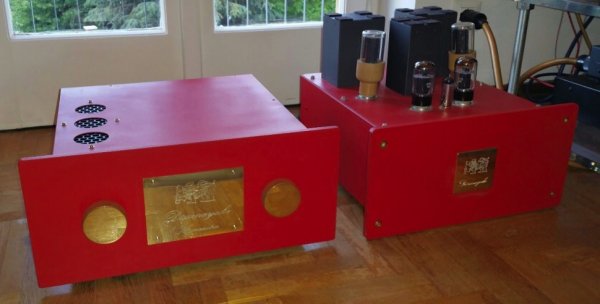Great pics Phil, thanks. Anyone have any opinion if the gold plating on the pins actually improves the sound? All of the TK's that I own don't have it.
Tubes, different makers, different types...but what are your preferences?
- Thread starter DaveyF
- Start date
You are using an out of date browser. It may not display this or other websites correctly.
You should upgrade or use an alternative browser.
You should upgrade or use an alternative browser.
Here are some really rare Telefunken 802s, below the letter ECC are marks of what looks like a falcon, said to be selected for the German military.
View attachment 40023
View attachment 40037
And the falcon mark just below and to the left of the word 'Made'.
View attachment 40024
Was able to source them 14 years ago, and immediately was picked up by an ardent tube collector.
You might have had some 3 d reich made tubes there, the Falcon is probably An Eagle
Iirc magnetic tape machines were also developed in germany during 1933 - 45.
The americans took some home and people from ampex made their own version.
Hitler was off course a huge propagandist , IT was said hé recorded speeches on tape so as to be heard on radio as if it was himself
When I had an ARC SP 14 preamp, I used its phono stage into my Jadis JPL line stage, and the SP 14 used only 1 6DJ8 and I had a heyday rolling tubes into it as it was a very economical endeavor.I have tried the JAN Sylvannia 6922, Telefunken E88CC, Mullard 2492 (6922), Mullard 2493 (7308), Telefunken E188CC (7308), and Telefunken CCa (GABL German Post Office). All are excellent tubes with their strong attributes in the audio frequencies and in soundstaging properties, but I ended up liking the Mullard 2492 the most. It has a smooth and lush mid, with extended highs and tight bass, speed, and a certain tingling musicality that is very addicting. Here are some of my tube pic archives.
Agreed as I posted earlier those mid-80s CV Mullards are excellent.
Great pics Phil, thanks. Anyone have any opinion if the gold plating on the pins actually improves the sound? All of the TK's that I own don't have it.
I think the gold plated pins are for anti-corrosion purposes. Over here, I have seen corroded steel tube pins, with greeny gunk, such that the pins have to be cleaned with alcohol on Qtips. And worse case, I have seen tube pins which appeared to have been 'filed' just to remove the corrosion. In such cases, the gold pins would provide optimum contact with the tube sockets, perhaps much like we don't want to see corrosion in our RCA sockets and jacks.
I think the gold plated pins are for anti-corrosion purposes. Over here, I have seen corroded steel tube pins, with greeny gunk, such that the pins have to be cleaned with alcohol on Qtips. And worse case, I have seen tube pins which appeared to have been 'filed' just to remove the corrosion. In such cases, the gold pins would provide optimum contact with the tube sockets, perhaps much like we don't want to see corrosion in our RCA sockets and jacks.
Phil, I’m sure that the gold plating is for corrosion resistance. However, I am curious if there would be any improvement in SQ over nonplated pins...assuming of course the pins are clean in both instances.
Phil, I’m sure that the gold plating is for corrosion resistance. However, I am curious if there would be any improvement in SQ over nonplated pins...assuming of course the pins are clean in both instances.
I haven't encountered regular Telefunken ECC83 tubes that had gold plated pins in them, so I can't say I've done any A/B with these, steel and gold pins. But my guess is I wouldn't hear much improvements just because of the gold plated pins.
Presently, a pair of black plates square getter Brimar 12AX7s are giving my Mullards good hours 'off the bench'. These have 1952 and 1953 date codes and are superior to the short plates manufactured later. The sound is a bit leaner in the mid and bass areas than the Mullards, but are well extended in the highs.
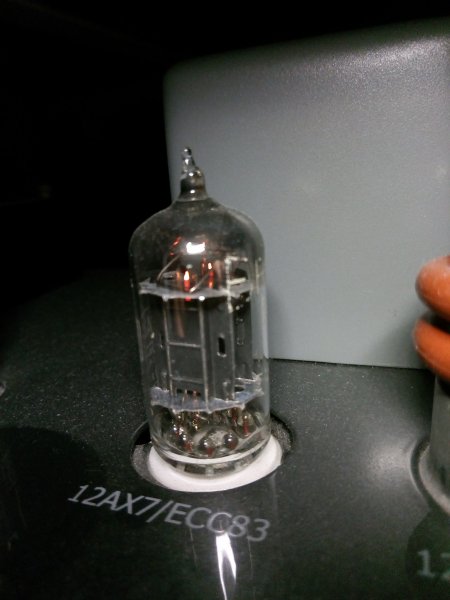
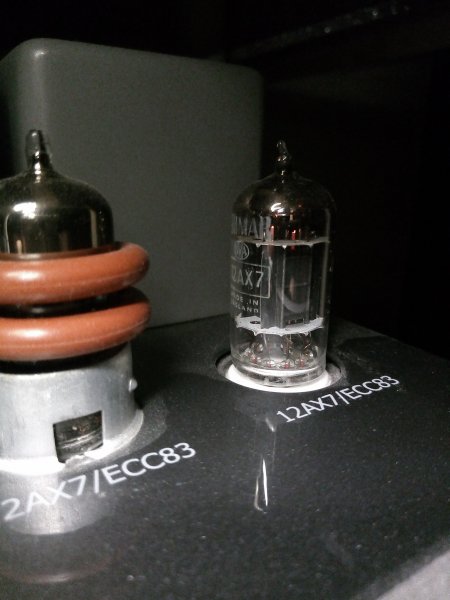


Presently, a pair of black plates square getter Brimar 12AX7s are giving my Mullards good hours 'off the bench'. These have 1952 and 1953 date codes and are superior to the short plates manufactured later. The sound is a bit leaner in the mid and bass areas than the Mullards, but are well extended in the highs.
View attachment 40368
View attachment 40369
Glad that you brought up the Brimar’s. I know that Kevin at Upscale thinks very highly of them. I have not heard them, but I’m sure your impressions are accurate. Would make sense that they are a little leaner in the bass and the mids than the superb Mullards. Wonder how they compare to the TK’s?
Phil, I noticed that you are using the tube vibration rings in the photo above. One of our a’phile group members recently had a pretty nasty problem with those...they melted onto the glass and then down into the socket....not a pretty sight and fairly expensive to repair. For this reason, I have never used these devices as I figured that was a possibility and cannot see the value in them.
Glad that you brought up the Brimar’s. I know that Kevin at Upscale thinks very highly of them. I have not heard them, but I’m sure your impressions are accurate. Would make sense that they are a little leaner in the bass and the mids than the superb Mullards. Wonder how they compare to the TK’s?
I wouldn't have gotten these Brimars had they not been the long plate square getter early 50s type. The regular ones, I was told, sound ok but not up to the performance levels of the long plates. These ones I have can stand up to the level of the very best out there and I will still prefer them over the Telefunkens, for their 'emotional content'.
Phil, I noticed that you are using the tube vibration rings in the photo above. One of our a’phile group members recently had a pretty nasty problem with those...they melted onto the glass and then down into the socket....not a pretty sight and fairly expensive to repair. For this reason, I have never used these devices as I figured that was a possibility and cannot see the value in them.
Like this, Davey?
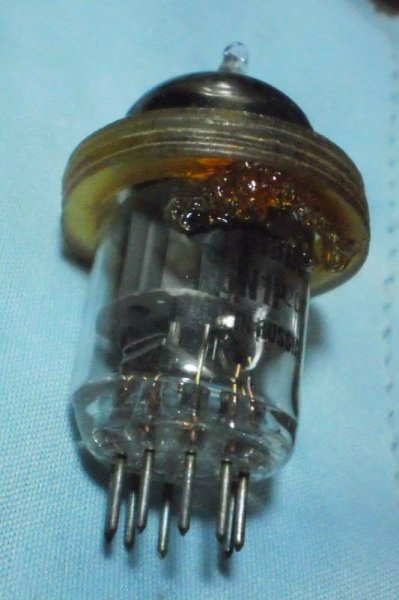
Well, kinda, but luckily the 'lava' did not flow down all the way to the socket. And it was a relatively cheap Russian 6N1P tube on my ARC VS 110.
Next model ARC VS 115 they now supplied a black o-ring damper on the 6H30 tube.
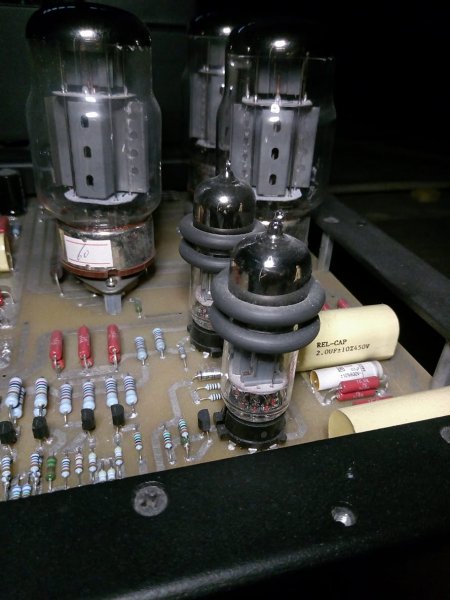
I found a store selling these orange rings that specified a very high temperature threshold before melting, and it said these were really made for hot vacuum tubes, so I took a chance. Placing them on the tube gives some overall stability in the soundstage and things are more focused, in my observation. It is not night and day, and probably it can be system dependent even. My only reservation is that sliding these tight rings into my old old tubes might eventually rub off the precious print work in the tubes.I don't really like looking at plain glass.
Last edited:
Yes Phil, that's pretty much what it looked like ( in your first photo)...only worse!! Personally, having heard about this from several other a'philes who have had varying bad experiences with the same thing, I am leaving all of my tubes..bare.
I think ARC supplies the rings on their newer gear...which surprises me a little as I know of two guys who had problems with the dreaded 'melt' even with the factory rings!
I think ARC supplies the rings on their newer gear...which surprises me a little as I know of two guys who had problems with the dreaded 'melt' even with the factory rings!
Yes Phil, that's pretty much what it looked like ( in your first photo)...only worse!! Personally, having heard about this from several other a'philes who have had varying bad experiences with the same thing, I am leaving all of my tubes..bare.
I think ARC supplies the rings on their newer gear...which surprises me a little as I know of two guys who had problems with the dreaded 'melt' even with the factory rings!
Davey,
I have to add just for the record on this post that I have owned 5 different ARC preamplifiers with tubes (SP9, SP14, LS25 MKII, Ref5 SE, and now the Ref 10. I have NEVER had an issue with the Audio Research supplied tube damping rings melting. I did try them removed from the LS25 MKII but reinstalled them after comparing with and without.
This is an interesting tube I got not long ago. Amperex Bugle Boy 12AX7 marked Made in Holland but the date code starting with a D connotes it was actually German made. It has a rare 'foil getter' on a horseshoe support. It does not sound as full and lush as the Mullard but is very fast on top and tight on the bottom. Before I had installed the CS footer on my system, this tube would sound too 'bland' for my taste and also quite lean. I used it as the first gain stage in my Minimax phono stage, with the 1950s pair of Brimars on the second stage. After I installed the CS footers on my amp, preamp, and phono stage, the sound with this combination worked fantastically, so much so that in four months since then, I have not had the itch to remove this combination. There is now body in the instruments with great balance from top to bottom. The wonders of the footers, and tubes. 
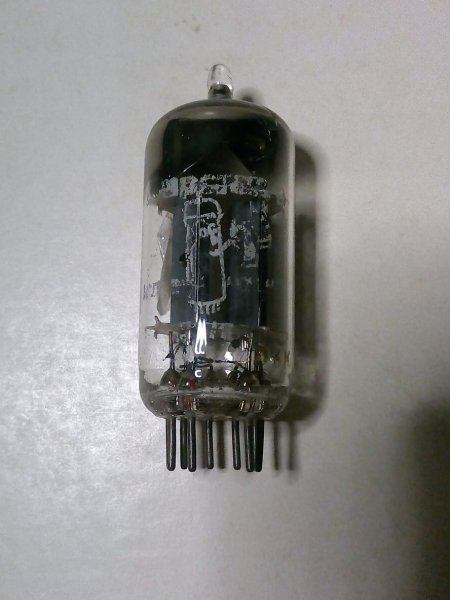
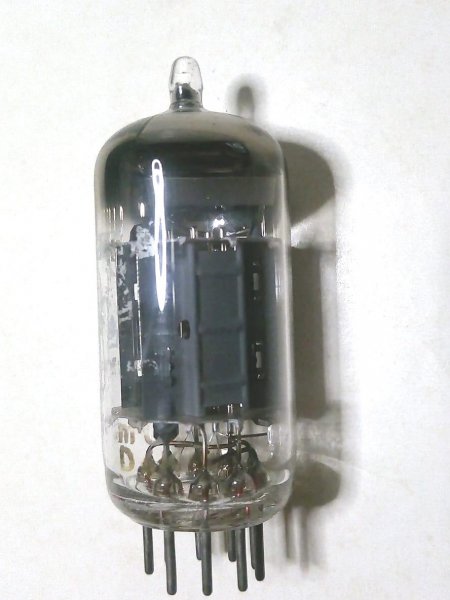


gian, those are some very impressive looking pieces. I have not heard of this line, but would seem to be a worthwhile addition to anyone seeking some esoteric tube gear. Do you know if it is sold in other countries?
Last edited:
Similar threads
- Replies
- 2
- Views
- 832
- Replies
- 4
- Views
- 2K
- Replies
- 58
- Views
- 6K
- Replies
- 26
- Views
- 2K
| Steve Williams Site Founder | Site Owner | Administrator | Ron Resnick Site Owner | Administrator | Julian (The Fixer) Website Build | Marketing Managersing |



